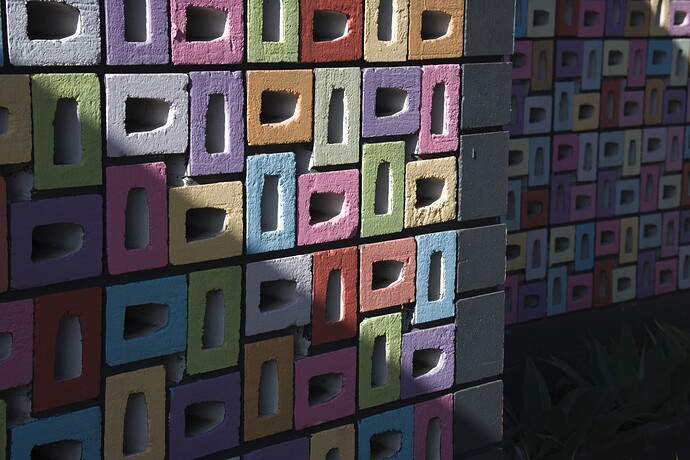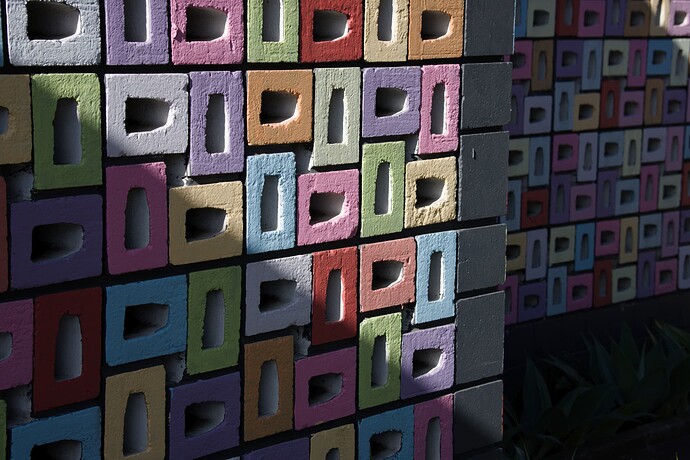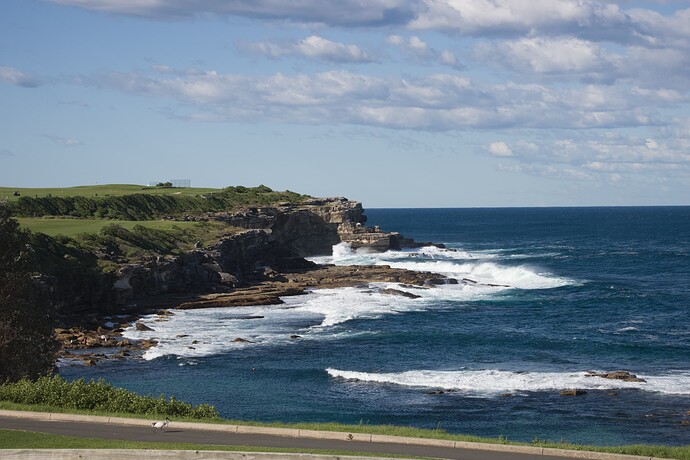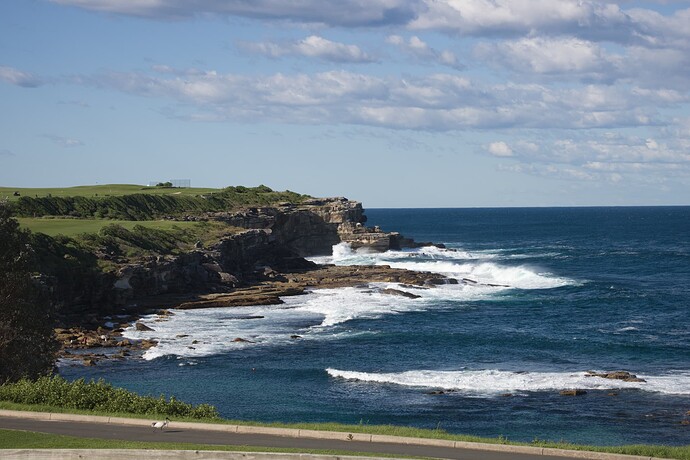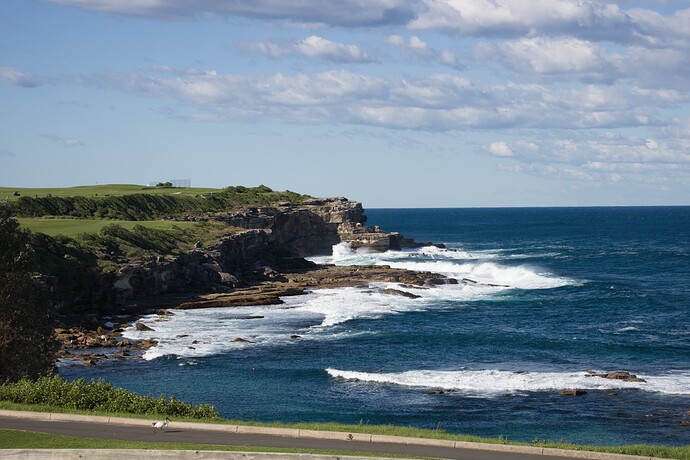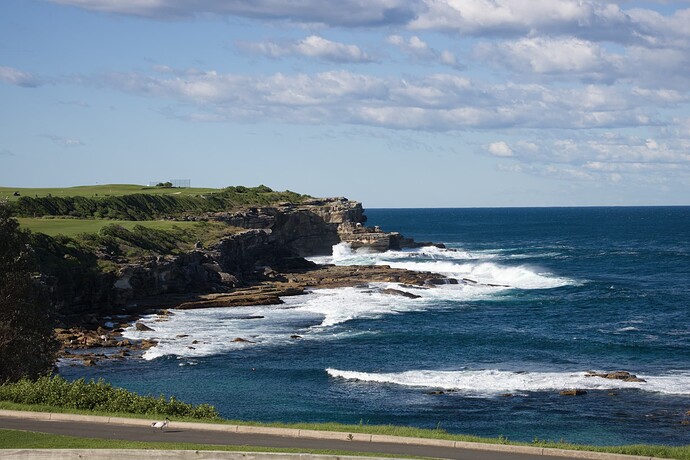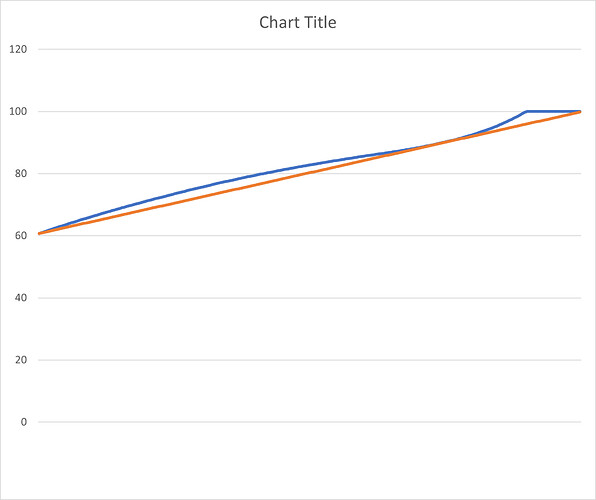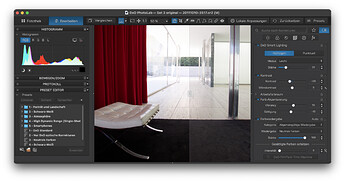Hello all
I am a fan of Photolab 6’s “Generic renderings neutral color” rendering but I like to use calibrated DCP profiles. Ideally, I would like to combine the default tone curve used by “Generic renderings neutral color” with the colours from a calibrated DCP profile and am seeking input on whether this is possible or if the idea is misconceived. To be clear, I am not talking about the tone curve tool, I am talking about the “hidden” tone curve applied by whatever Color Rendering is selected.
DCP profile’s tone curves
DCP profiles created from things like color checker targets can have embedded tone curves and LUTs, or they can be simple “matrix only profiles”. For example, the color checker software creates a “matrix only” profile (example at the end).
DXO applies the adobe tone curve to DCPs
A simple “matrix only” profile lacking an embedded tone curve when applied to a RAW in adobe products renders that RAW using the Adobe Camera Raw (ACR) default tone curve. This makes sense, the ACR default tone curve is adobe’s default curve, the DCP doesn’t specify one, so it applies the default.
The weird and interesting thing is that a simple “matrix only” profile used in DXO Photolab also renders the RAW with the ACR default tone curve (or if not exactly the same, then a very similar one). Perhaps this is part of the DCP specification, or it is done to maintain absolutely consistency across raw converters, I don’t know.
A DCP profile which does include a tone curve when applied to a RAW in DXO Photolab renders the RAW using the embedded tone curve.
In any event, the ACR curve is quite different to most of DXO’s tone curves and certainly different to the tone curve used by “Generic renderings neutral color”.
DCP rendering in DXO but with DXO tone curves?
What I would love to achieve, is to find a way or have an option to use the colour matrix from a simple matrix only DCP profile but to use the default tone curve that DXO uses to render a RAW with the “Generic renderings neutral color” color rendering.
With adobe products you can just go and copy the tone curve out of any of their camera matching profiles and paste that curve into your DCP, but DXO hides its profiles (color renderings).
Does anyone know if there’s a way to do this or is it an impossible goal?
Example of a simple matrix only profile
{
“UniqueCameraModel”: “Canon EOS M6 Mark II”,
“ProfileName”: “20230809 ColorChecker DXO DNG Cloudy Incandescent”,
“ProfileEmbedPolicy”: “Allow copying”,
“CalibrationIlluminant1”: “StdA”,
“CalibrationIlluminant2”: “D65”,
“ColorMatrix1”: [
[ 1.107800, -0.541500, 0.070700 ],
[ -0.370300, 0.972300, 0.466300 ],
[ -0.068900, 0.144300, 0.551900 ]
],
“ColorMatrix2”: [
[ 0.885600, -0.171300, -0.111600 ],
[ -0.466400, 1.226100, 0.271100 ],
[ -0.102200, 0.189800, 0.628900 ]
]
}

